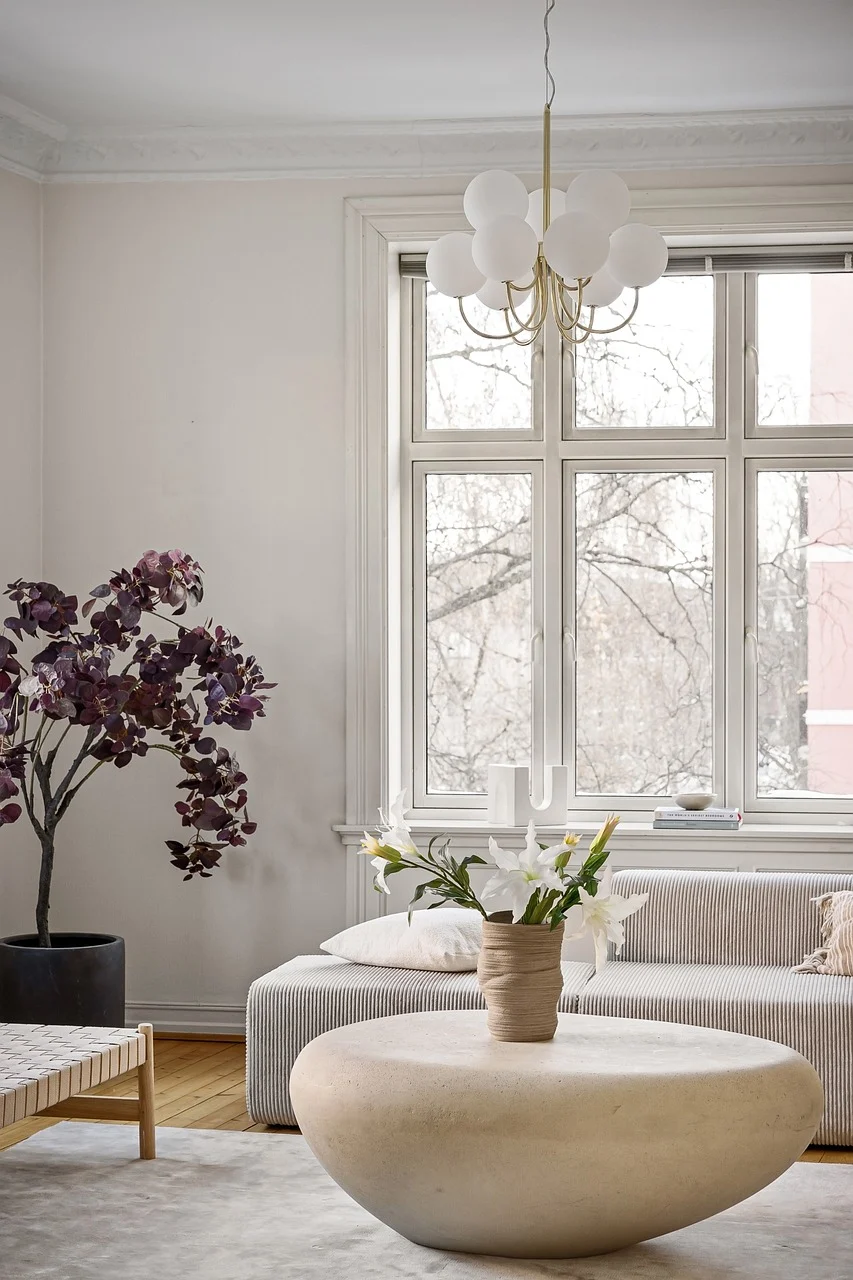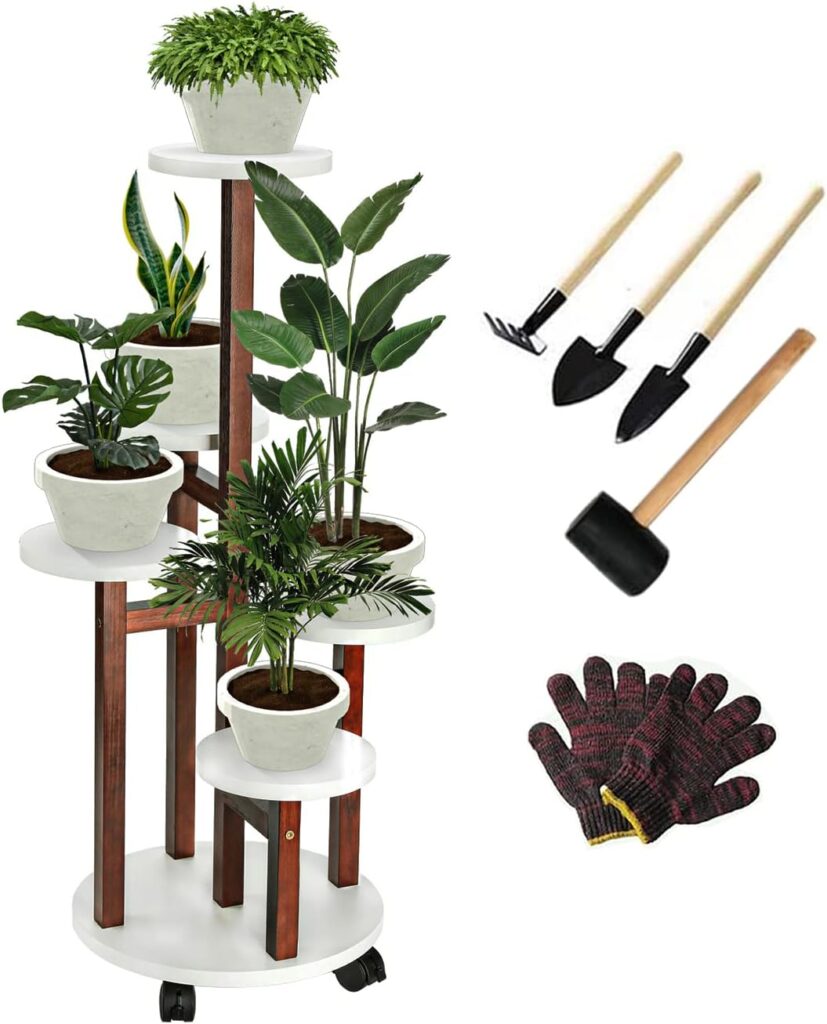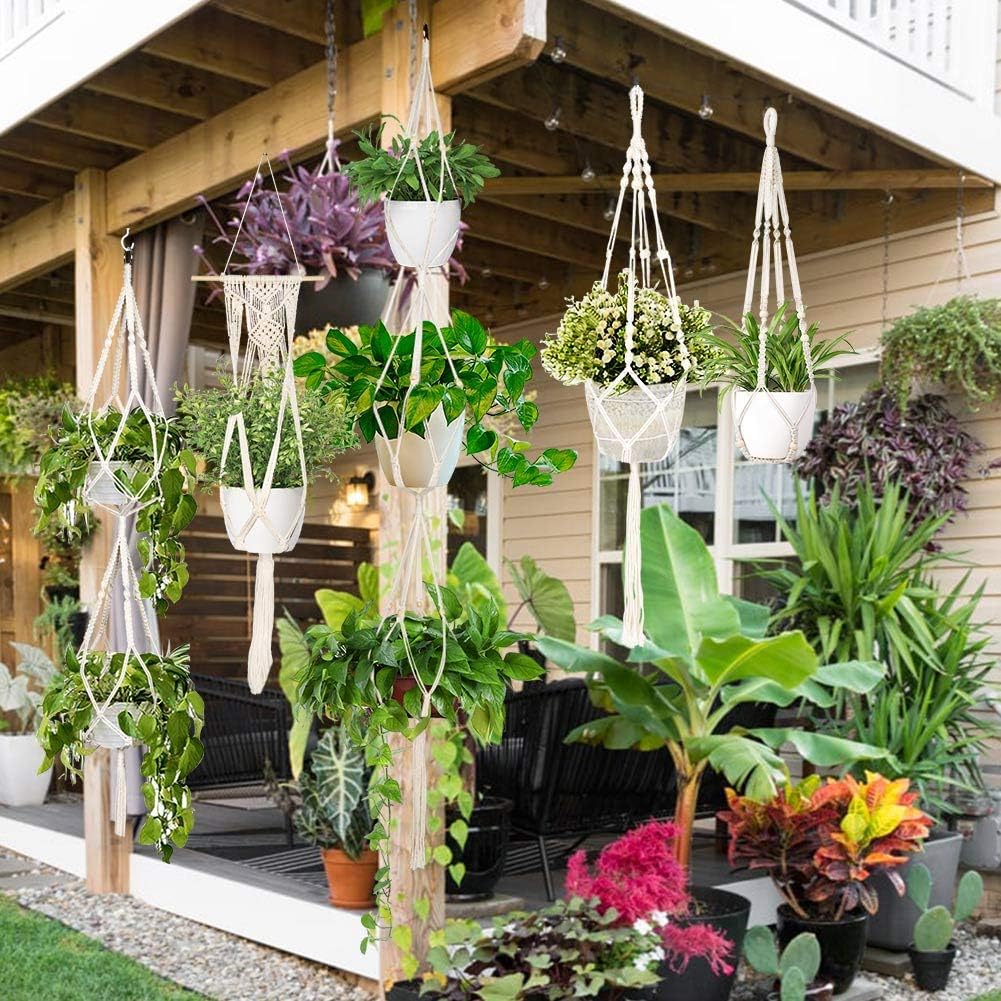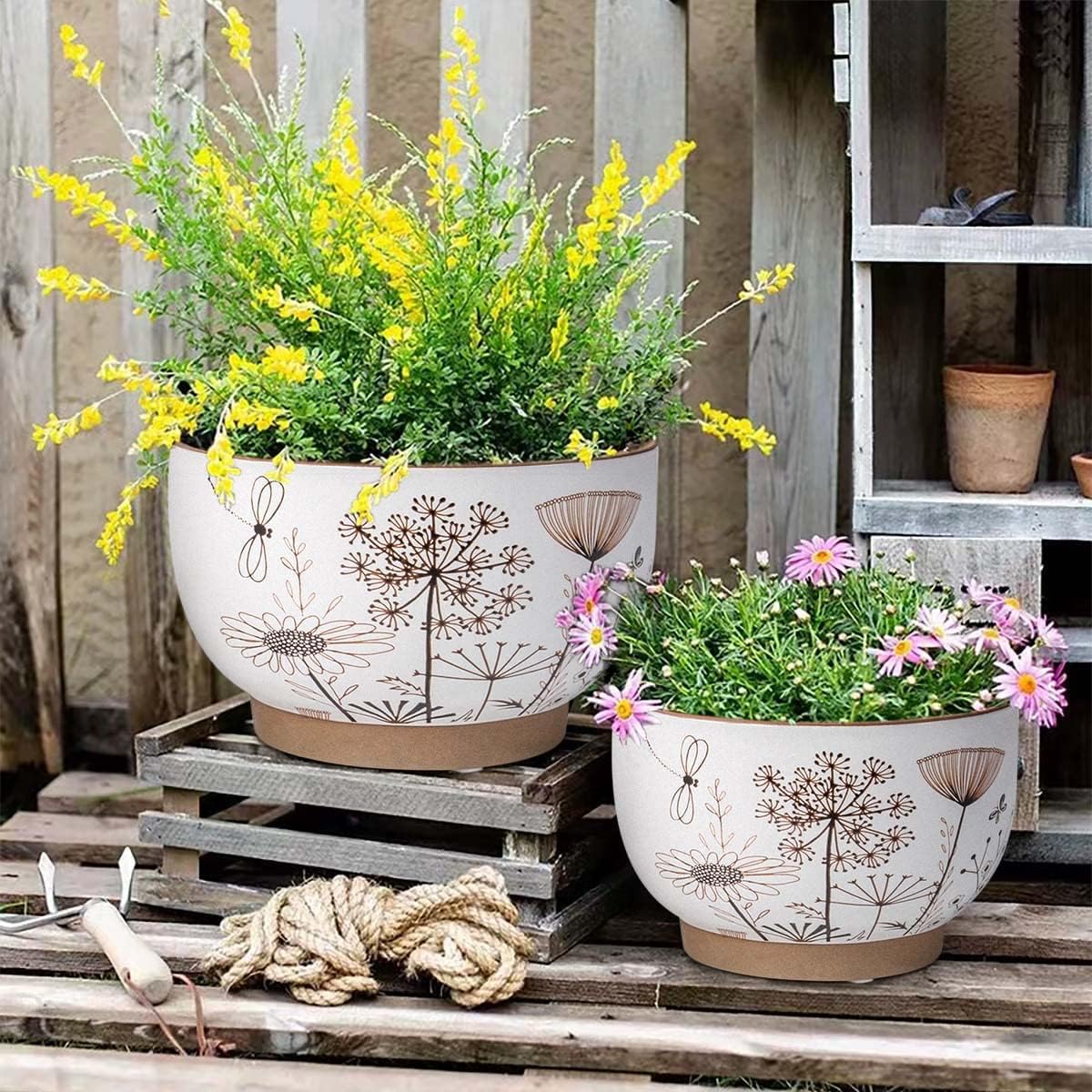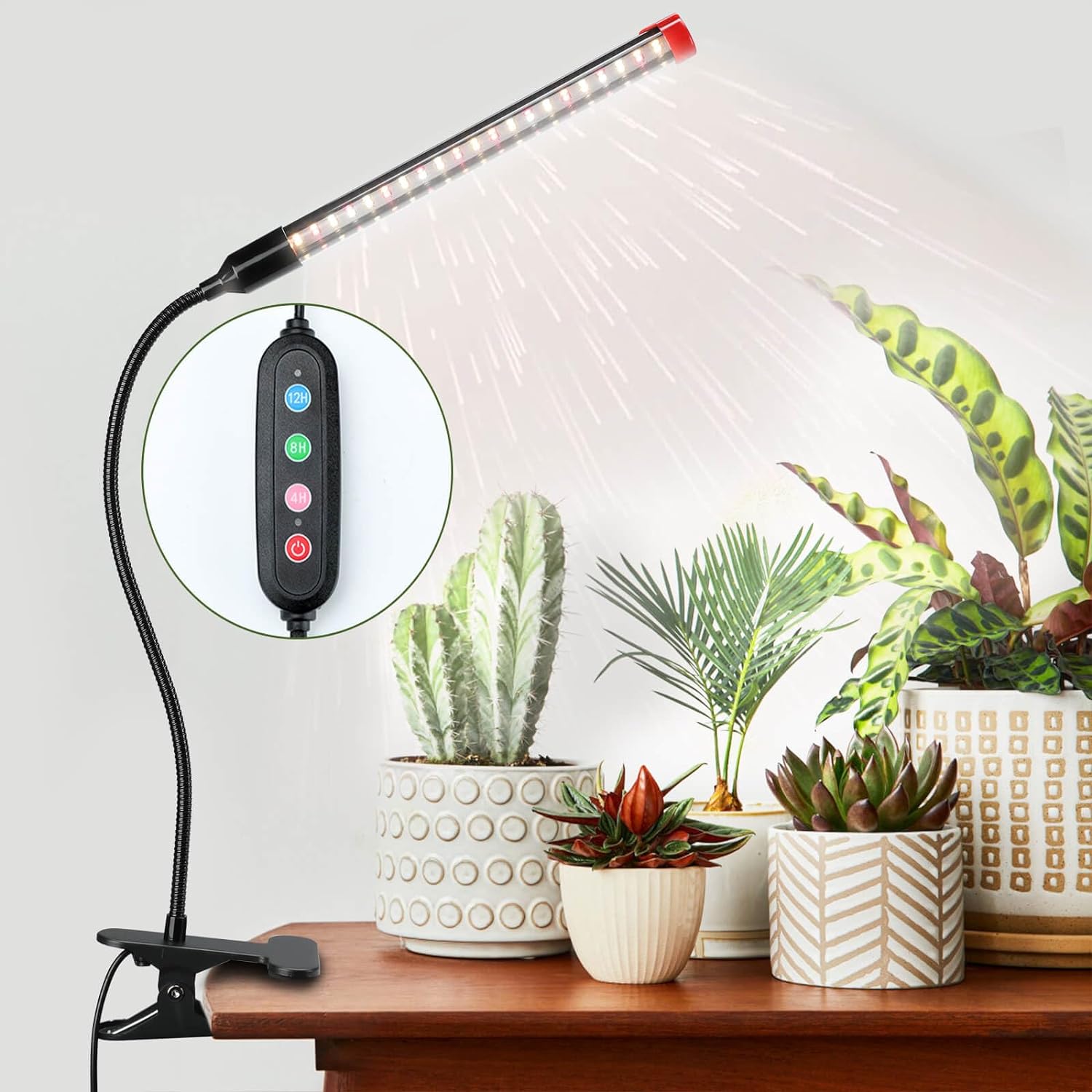Houseplants have exploded in popularity in recent years, and for good reason. Not only do they add a touch of life and beauty to any space, but they also offer a surprising number of benefits. Studies have shown that houseplants can improve air quality by filtering out toxins, reduce stress levels, and even boost creativity. Whether you’re a seasoned plant parent or a curious beginner, incorporating greenery into your home decor is a rewarding and accessible way to enhance your living environment. This blog will equip you with 16 easy tips to transform your space into a thriving urban jungle, fostering a connection with nature and creating a more vibrant and life-giving atmosphere.
1. Choose the Right Plant for the Right Light:

Just like us, plants have specific needs to thrive. One of the most crucial factors for a houseplant’s health is light. Understanding a plant’s light requirements is essential for choosing the right specimen for your space. Here’s a breakdown of common houseplant categories based on their light needs:
- Low-Light Lovers: These champions can survive and even flourish in dimly lit areas. Perfect for north-facing windows or rooms that don’t receive direct sunlight, some popular low-light options include snake plants, zz plant (Zamioculcas zamiifolia), and pothos (Epipremnum aureum).
- Medium-Light Marvels: These plants appreciate bright, indirect sunlight for several hours a day. East or west-facing windows are ideal locations for medium-light plants. Popular options include philodendrons (Philodendron spp.), spider plants (Chlorophytum comosum), and Chinese money plant (Pilea peperomioides).
- High-Light Seekers: If you have a south-facing window with abundant sunshine, these plants will thrive. Just be mindful of potential scorching during the hottest part of the day. Popular high-light options include cacti (various species), succulents (various species), and fiddle leaf fig (Ficus lyrata).
Pro Tip: Not sure how much light a particular spot in your home receives? Invest in a light meter, a handy tool that measures light intensity. This can help you determine the perfect location for your light-sensitive plant friends.
2. Elevate Your Indoor Jungle: Choosing the Perfect Plant Stand
Plants add life and beauty to any space, but the right stand can truly elevate your indoor jungle. You need to find the perfect match for your greenery based on the following factors:
- Plant Style & Size: Matching your stand to your plant’s height and pot size ensures stability and visual appeal. From towering monsteras to delicate ferns, learn which stands best complement different plants.
- Material: Wood, metal, and even macrame! Discover how the material of your stand can enhance your decor style, whether you’re aiming for rustic charm, modern minimalism, or boho vibes.
- Space Savvy Solutions: Living in a compact apartment? Explore space-saving stands that utilize corners, walls, or tiers to maximize your vertical space.
- Functional Flair: Multi-tiered stands, plant shelves, and hanging planters – explore the pros and cons of various stand styles to help you find one that complements both your plants and your lifestyle.
3. Consider Plant Size and Scale:

Just like furniture placement, the size and scale of your houseplants play a crucial role in creating a visually pleasing arrangement. Imagine a towering monstera deliciosa dwarfing a delicate maidenhair fern – not the most harmonious pairing! Here’s a basic guide to choosing the right size plant for the space:
- Small Soldiers: Compact plants like African violets (Saintpaulia ionantha) or air plants (Tillandsia spp.) are perfect for adding a touch of life to bookshelves, tabletops, or window sills.
- Mid-Sized Masters: Plants like philodendrons, spider plants, or Chinese money plants add personality to side tables, console tables, or empty corners.
- Leafy Giants: Large plants like fiddle leaf figs, monsteras, or rubber trees (Ficus elastica) make a bold statement and can serve as focal points in living rooms, bedrooms, or entryways. Just ensure they have enough space to grow comfortably without overwhelming the room.
4. Hang in There: Selecting the Perfect Planter Hanging Hooks
Hanging planters are a fantastic way to add a touch of vertical greenery and free up precious floor space. But before your plants become airborne, choosing the right hanging hooks is crucial! When choosing your planter hooks, ensure both style and safety for your leafy friends.
Here’s what you need to consider:
- Weight Capacity: Safety first! Always choose hooks that can handle the weight of your planters, taking into account both the pot and the soil.
- Mounting Matchmaker: From sturdy screws for drywall to elegant ceiling hooks, explore different mounting options to find the perfect fit for your wall or ceiling material.
- Material Marvels: Metal, plastic, or even macrame? Consider pros and cons of different hook materials, considering both aesthetics and durability.
- Style Synergy: Don’t let your hooks clash with your decor! Explore how the style of your hooks can complement your planters and your overall design scheme.
- Plant Power: Matching the hanging method to your plant’s needs is key. Consider options like single hooks for trailing vines, plant brackets for larger pots, and macrame hangers for a bohemian touch.
5. Group Plants for Impact:

A single houseplant can add a touch of nature, but a well-curated grouping creates a lush and inviting atmosphere. Grouping plants with varying heights, textures, and foliage colors adds visual interest and depth to your decor. Here are some tips for creating a successful plant grouping:
- Height Harmony: Play with different heights to create a dynamic display. Place taller plants at the back and cascade lower-growing varieties in the front.
- Textural Tango: Combine plants with contrasting textures for visual intrigue. For example, pair a fern with its feathery fronds alongside a succulent with its plump leaves.
- Color Coordination: While contrasting colors can be striking, consider using a cohesive color palette for your planters to create a unified look. For example, group terracotta pots together or use a mix of white and grey ceramic planters.
6. Think Beyond the Pot: Explore Ceramic and Terracotta Planters
The humble pot plays a significant role in the overall aesthetic of your plant display. Choosing stylish planters that complement your existing decor can elevate your houseplants from functional objects to design statements. Here are some planter material options to consider:
- Classic and Timeless: Ceramic and terracotta planters offer a timeless elegance and come in a variety of sizes, shapes, and colors.
- Modern Marvels: For a contemporary touch, explore hanging planters made of macrame or metal. Geometric shapes and sleek finishes can add a modern edge to your space.
- Natural Appeal: Woven baskets offer a natural and earthy look and can be a great way to house larger plants. Opt for natural materials like seagrass or wicker for a relaxed and organic vibe.
7. Let There Be Light (Literally): Explore Full-Spectrum Grow Lights
Not all homes are blessed with abundant natural light. If your space leans towards the dim side, fear not! Supplemental lighting can be a game-changer for low-light-loving plants. Here are a few options to consider:
- Full-Spectrum Friends: Full-spectrum lights mimic natural sunlight and provide the essential light wavelengths that plants need for photosynthesis. These lights come in various configurations, from bulbs for existing lamps to stand-alone fixtures.
- LED Grow Lights: Energy-efficient and long-lasting, LED grow lights offer a targeted approach to supplementing light for your plants. They come in various colors and intensities, so choose one that suits the specific needs of your plant.
Pro Tip: When using supplemental lighting, position the light source close to the plant (around 12-18 inches) and ensure it receives the recommended amount of daily light exposure (typically 8-12 hours).
8. Embrace the Vertical Space:

Don’t limit your plant life to tabletops and shelves! Utilize vertical space with hanging plants to create a cascading effect and add another dimension to your decor. Here are some hanging plant options to explore:
- Climbing Champions: Vining plants like pothos, philodendron, or even certain varieties of hoyas are perfect for hanging planters. Their trailing foliage creates a lush and cascading effect.
- Air Plant Artistry: Air plants, which thrive without soil, are ideal for unique hanging displays. Group them in terrariums or macrame hangers for a touch of whimsy.
- Basket Beauties: Hanging baskets overflowing with ferns, spider plants, or even flowering varieties like trailing begonias can add a touch of drama and lushness to any space.
9. Don’t Be Afraid to Experiment (and Repot!):
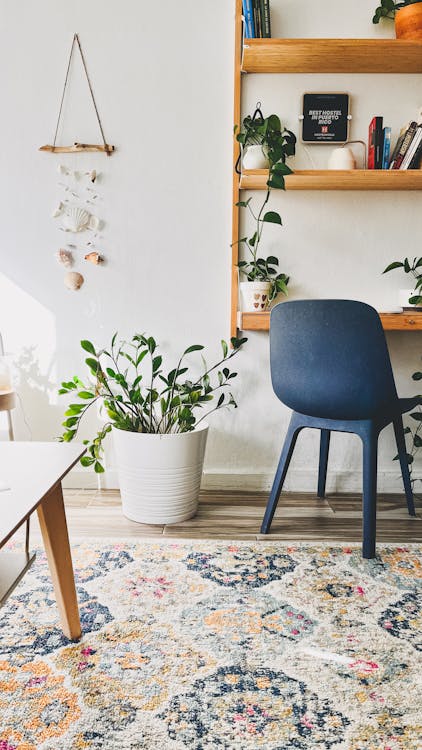
Finding the perfect spot for your plant companions can sometimes be a process of trial and error. Don’t be afraid to experiment and move your plants around until you discover their ideal location. Here are some additional tips:
- Observe and Adapt: Pay attention to your plants’ growth patterns. If leaves are dropping or appear leggy, it might be a sign they need more light. Conversely, yellowing leaves could indicate too much direct sunlight.
- Repotting Rhapsody: As plants grow, they will eventually outgrow their current containers. Repotting into a slightly larger pot with fresh potting mix allows for healthy root development and continued growth.
Pro Tip: When repotting, choose a pot that is only 1-2 inches larger in diameter than the current pot. Overpotting can lead to root rot, so err on the side of a slightly smaller container.
10. Craft a Terrarium Tableau: Curate Miniature Worlds:

Terrariums offer a captivating way to showcase miniature ecosystems within a glass container. Layer pebbles for drainage, add a charcoal filter, and use a variety of small plants with contrasting textures and colors. Include mosses, ferns, and tiny succulents to create a miniature jungle or a desert landscape. Terrariums are perfect for adding a touch of life to desks, coffee tables, or even mounted on walls.
11. Embrace Biophilic Shelves: Design Living Walls:
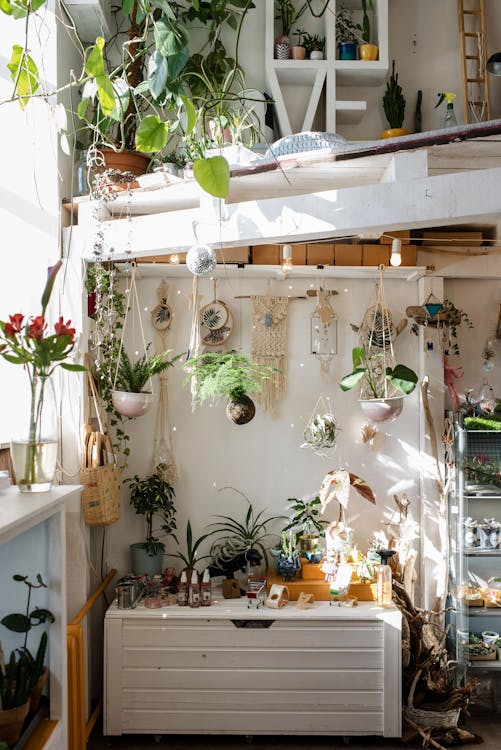
Shelving units don’t have to be solely for books and knick-knacks. Transform them into living walls by incorporating a variety of small to medium-sized plants. Use a mix of wall-mounted planters, floating shelves, or tiered plant stands to create a vertical garden. Opt for trailing plants like pothos or string of pearls that cascade over the edges, adding a touch of whimsy and lushness.
12. Repurpose with Purpose: Upcycled Plant Displays:
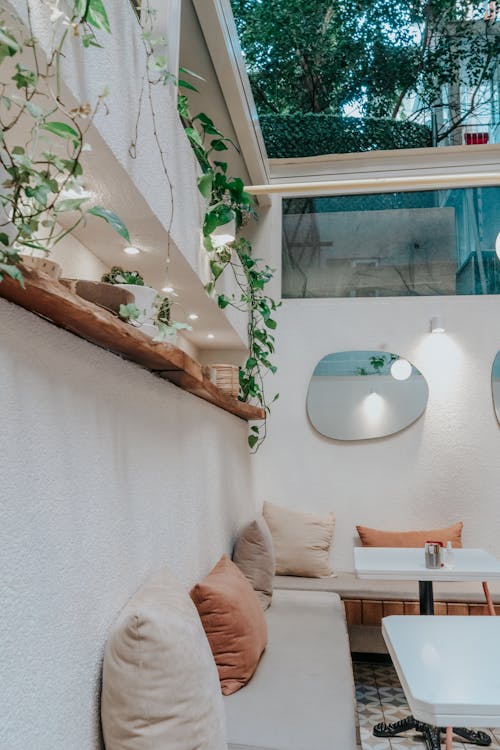
Get creative and breathe new life into old objects by turning them into unique plant holders. An old teapot with drainage holes drilled in the bottom becomes a charming planter for a flowering violet. Repurpose vintage suitcases as plant stands for larger plants, or use a rustic wooden ladder to create a vertical display for climbing vines.
13. Embrace the Unexpected: Plants as Art Installations:

Think beyond the traditional pot. Air plants, with their unique shapes and textures, can be displayed in artistic ways. Attach them to driftwood branches or arrange them in glass orbs suspended from the ceiling. Climbing vines can be trained to grow on wire structures, creating living sculptures.
14. Light Up the Night: Plants with Illuminated Accents:

Combine the beauty of houseplants with the ambiance of soft lighting. Strategically place LED strip lights around the base of your plants to create an ethereal glow. For a touch of whimsy, use fairy lights woven through the foliage of trailing plants. Opt for warm white or colored lights to create a specific mood or atmosphere.
15. Scentational Synergy: Pairing Plants with Fragrant Companions:

While many houseplants are visually appealing, some offer delightful scents as well. Combine fragrant plants like jasmine, lavender, or gardenia with visually striking foliage plants to create a multi-sensory experience. Place scented plants near windows or doorways to allow their fragrance to gently fill the room.
16. Seasonal Swaps: Embrace the Changing Palette of Nature:
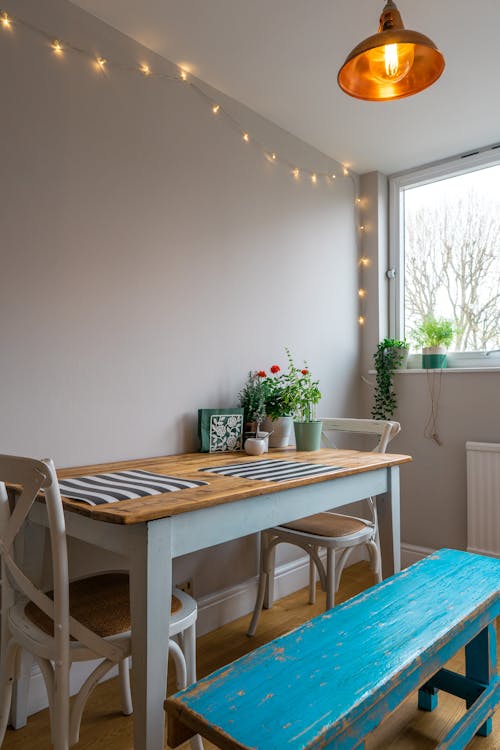
Embrace the ever-changing beauty of nature by incorporating seasonal elements into your houseplant displays. In spring, add blooming orchids or African violets for a pop of color. During the holidays, adorn your plants with tiny fairy lights or miniature ornaments for a festive touch. Seasonal swaps keep your plant displays fresh and exciting throughout the year.
Wrapping Up
By incorporating these 16 easy tips, you can transform your space into a thriving urban jungle and reap the numerous benefits of having houseplants around. Not only will your home feel more vibrant and alive, but the improved air quality and stress-reducing properties of plants can contribute to your overall well-being. So, embrace the world of houseplants, get your hands dirty (a little!), and embark on a rewarding journey of creating a greener and more life-giving sanctuary within your own walls.
Remember, there’s no such thing as a perfect plant parent. With a little care and attention, your leafy companions will thrive, adding a touch of nature’s beauty and a breath of fresh air to your home. Happy planting!

